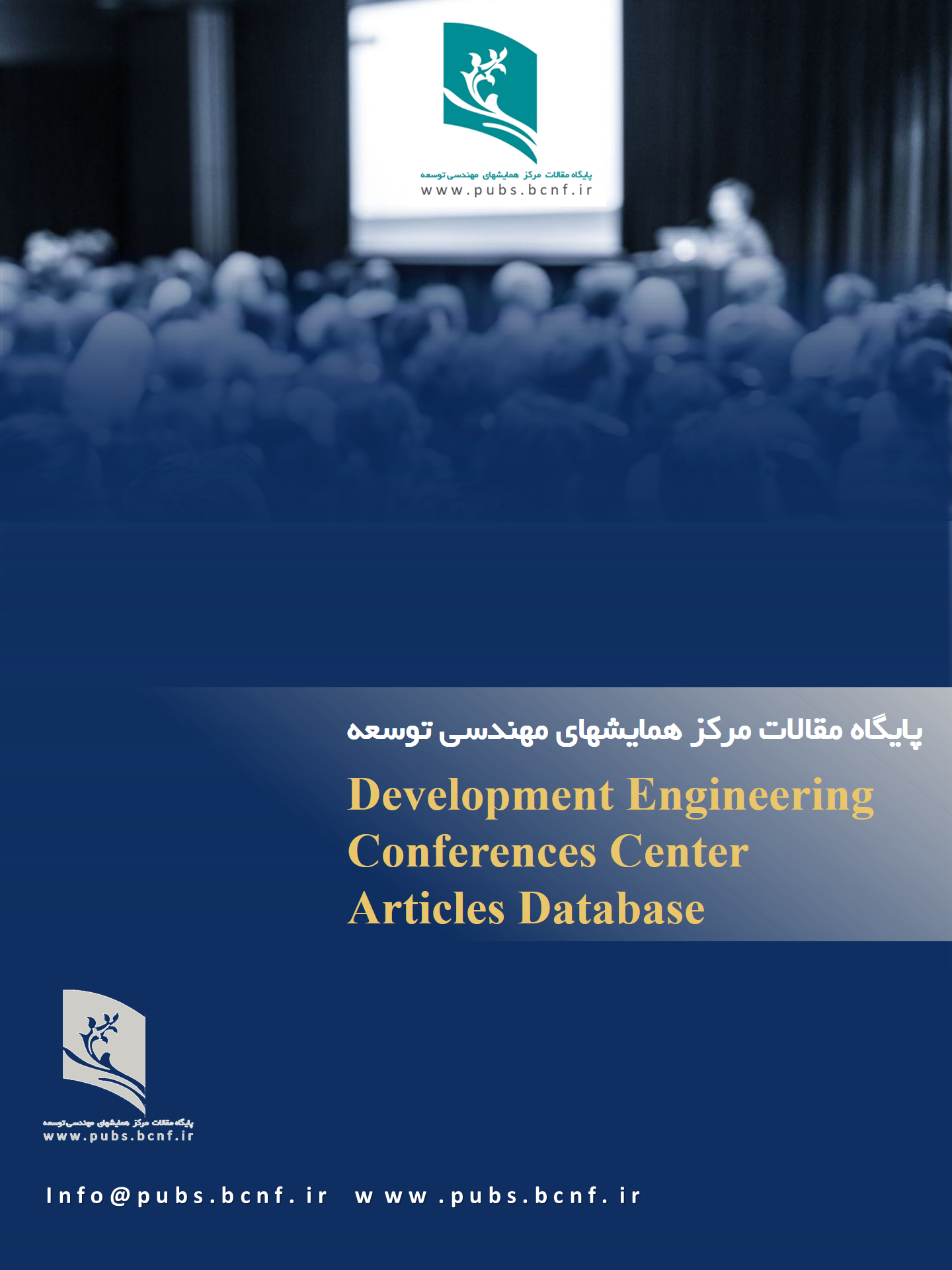Prediction of density and activity coefficient in electrolyte solutions
Keywords:
Electrolyte solutions, Activity coefficient, Density, Peng-Robinson , MSA, BornAbstract
In this article, using Peng-Robinson equation of state and Born and MSA terms, fugacity coefficient, density are predicted for electrolyte systems. In this modeling, a large amount of experimental data has been collected for electrolyte systems. In this modeling, salt-based optimization is used, and van der Waals attraction parameter, van der Waals excluded volume parameter, ion diameter parameter, and salt-molecule binary interaction parameter are optimized by fitting the experimental data of liquid density and average ion average. Average ionic activity coefficients and density in some electrolyte solutions were predicted with high accuracy .For example the Average relative deviation for prediction of average ionic activity coefficients for calcium chloride in its solution at 298.15K and 598.15K is obtained 0.71% , 1.1% respectively; and the Average relative deviation for prediction of density for Sodium bromide solution at 313.15K and 573.15K is obtained 1.75%, 3.88% respectively.
Downloads
References
1.Loehe, J.R. and M.D. Donohue, Recent advances in modeling thermodynamic properties of aqueous strong electrolyte systems. AIChE Journal, 1997. 43(1): p. 180-195.
2.Lin, Y. and K. Thomsen, Development of an equation of state for solution containing electrolytes. 2006, Technical University of DenmarkDanmarks Tekniske Universitet, CenterCenters, Center for Energy Resources EngineeringCenter for Energy Resources Engineering.
3.Lin, Y., K. Thomsen, and J.c. de Hemptinne, Multicomponent equations of state for electrolytes. AIChE journal, 2007. 53(4): p. 989-1005.
4.Masoudi, R., et al., A new approach in modelling phase equilibria and gas solubility in electrolyte solutions and its applications to gas hydrates. Fluid Phase Equilibria, 2004. 215(2): p. 163-174.
5.Planche, H. and H. Renon, Mean spherical approximation applied to a simple but nonprimitive model interaction for electrolyte solutions and polar substances. The Journal of Physical Chemistry, 1981. 85(25): p. 3924-3929.
6.Jin, G. and M.D. Donohue, An equation of state for electrolyte solutions. 1. Aqueous systems containing strong electrolytes. Industrial & engineering chemistry research, 1988. 27(6): p. 1073-1084.
7.Jin, G. and M.D. Donohue, An equation of state for electrolyte solutions. 2. Single volatile weak electrolytes in water. Industrial & engineering chemistry research, 1988. 27(9): p. 1737-1743.
8.Fürst, W. and H. Renon, Representation of excess properties of electrolyte solutions using a new equation of state. AIChE Journal, 1993. 39(2): p. 335-343.
9.Wu, J. and J.M. Prausnitz, Phase equilibria for systems containing hydrocarbons, water, and salt: An extended Peng-Robinson equation of state. Industrial & engineering chemistry research, 1998. 37(5): p. 1634-1643.
10.Galindo, A., et al., SAFT-VRE: phase behavior of electrolyte solutions with the statistical associating fluid theory for potentials of variable range. The Journal of Physical Chemistry B, 1999. 103(46): p. 10272-10281.
11.Haghtalab, A. and S.H. Mazloumi, Electrolyte Cubic Square-Well Equation of State for Computation of the Solubility CO2 and H2S in Aqueous MDEA Solutions. Industrial & Engineering Chemistry Research, 2010. 49(13): p. 6221-6230.
12.Tsai, J.-C. and Y.-P. Chen, Application of a volume-translated Peng-Robinson equation of state on vapor-liquid equilibrium calculations. Fluid phase equilibria, 1998. 145(2): p. 193-215.
13.Danesh, A., PVT and phase behaviour of petroleum reservoir fluids. Vol. 47. 1998: Elsevier
14.Zoghi, A.T., F. Feyzi, and M.R. Dehghani, Modeling CO2 solubility in aqueous N-methyldiethanolamine solution by electrolyte modified Peng–Robinson plus association equation of state. Industrial & Engineering Chemistry Research, 2012. 51(29): p. 9875-9885.
15.Roux, A., et al., Apparent molal heat capacities and volumes of aqueous electrolytes at 25 C: NaClO3, NaClO4, NaNO3, NaBrO3, NaIO3, KClO3, KBrO3, KIO3, NH4NO3, NH4Cl, and NH4ClO4. Canadian Journal of Chemistry, 1978. 56(1): p. 24-28.



